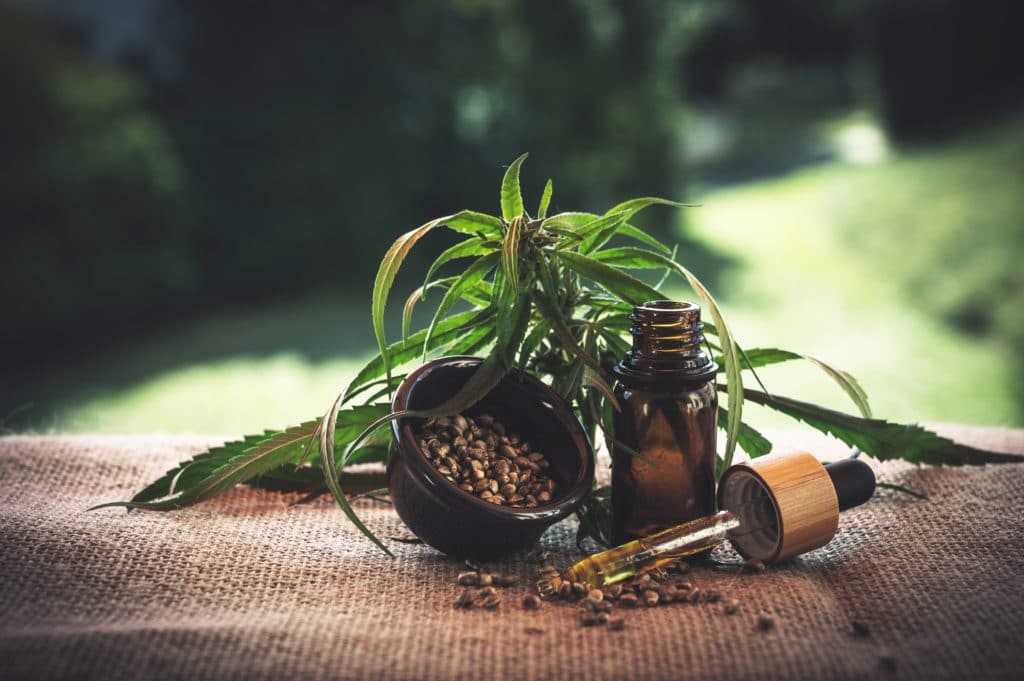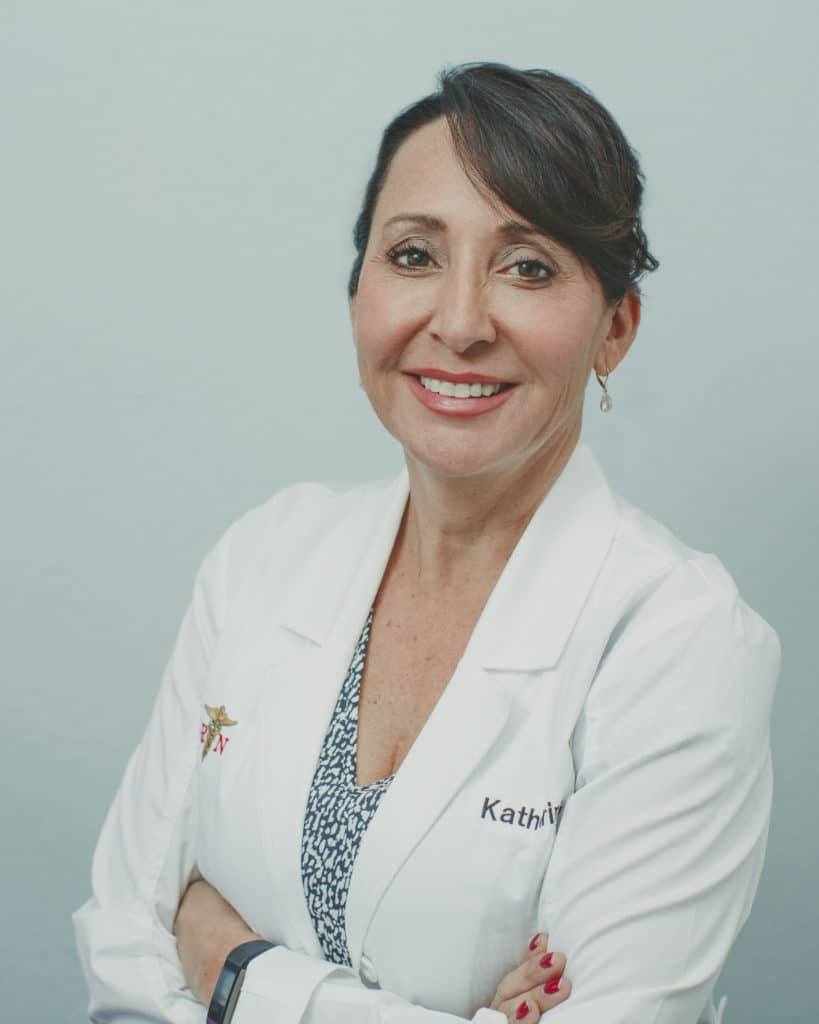Read Time: 4:30 Mins.
The cannabis business and the medical marijuana landscape are on the verge of a major change. The U.S. government may soon legalize the mass cultivation of hemp, the industrial cousin of the traditional marijuana plant, Cannabis sativa L. Every five years, Congress passes comprehensive legislation that sets national agriculture, nutrition, conservation, and forestry policy known as the “Farm Bill.” It also includes the Food Stamp
program. The idea is that if the bill is big enough, then even with “controversial elements” votes can be found to pass it.
On August 2, the U.S. Senate passed its version of the 2018 U.S. Farm Bill and is awaiting conference negotiations with the House and its version of the bill. If the two bills are reconciled and become law, hemp could be legally grown nationally and sold as a biomass crop for CBD products. Hemp would also be removed from the federal Controlled Substances Act. However, cannabis would remain an illegal, controlled substance as a Schedule I drug, meaning it has “no accepted medical use.” We flat out disagree with this assessment.
Confused? Well grab a trowel and let’s quickly weed out the differences between the cannabis and hemp plants. Physically, hemp is a hardier, stockier plant used for a variety of products. Try this analogy; if cannabis is an exquisite red grape destined for expensive wine, then hemp is a common hop found in cheap beer. Analogy No. 2: If Fred Astaire is the lighter than air cannabis plant, then Gene Kelly is the strong, versatile hemp plant. Bad analogies aside, hemp is incredibly durable and produces ridiculously strong fibers for use in clothing, rope, and paper. It’s also used for food, beverages, cosmetic products, and skin care. Author’s Note: I put hemp seeds on my daily salad at lunch. I can’t really describe any particular taste as the balsamic vinegar rules all, but I digress. At least I feel healthy!
On the science side of things, cannabis contains over 100 chemical compounds called cannabinoids. Hemp shares a similar makeup, except for one critical difference; hemp mostly lacks the cannabinoid Tetrahydrocannabinol, known as THC. This is the cannabinoid in cannabis that produces an elative feeling or “high.” To be classified as hemp, the plant must contain less than 0.3 percent THC. The other well-known cannabinoid in cannabis and hemp plants is known as CBD. This is the cannabinoid that primarily produces medicinal effects.
George Washington Grew More than Cherry Trees
Humans have been cultivating hemp worldwide for thousands of years. For Americans, it was literally part of our nation’s fabric since its founding, and yes, George Washington grew it at his Mount Vernon estate. Growing hemp was mandated in several of the colonies and actually served as legal tender. At the time, the plant was widely used for products such as thread, rope, boat sails, lamp fuel oil, and paper. In fact, the Declaration of Independence was originally drafted on hemp paper, but don’t tell the DEA as they may confiscate it.
Fast forward to the 20th century, cannabis was outlawed in 1937 with the passage of the Marijuana Tax Act, and U.S. hemp production virtually ended as a result. There was an officially sanctioned resurgence due to industrial needs in World War II, but after the war, hemp was once again banned by the U.S government. The death knell for hemp came in 1970 with the passage of the Controlled Substances Act.
Fortunately, things began to loosen up in 2004 as the U.S. government permitted the importation of hemp-based food and dietary supplements. In 2007, two farmers in North Dakota received licenses to grow hemp. The 2014 Farm Bill permitted states, universities and licensed organizations to grow hemp for research purposes. However, while this opened up hemp products in those states and institutions that are compliant with the 2014 Farm Bill’s requirements, this does not mean that a CBD product is completely legal where you live.
State of Confusion
Hemp-based food products and businesses remain in a gray area of the law. In reality, CBD dietary supplement products are commonly available, even in gas stations, most often in the form of beverages, candies, edible gummies, or tinctures. This may be due to the federal Drug Enforcement Agency issuing a 2016 directive (based on the 2014 Farm Bill) regarding hemp CBD products, not cannabis, and the Controlled Substances Act (CSA):
“Products and materials that are made from the cannabis plant and which fall outside the CSA definition of marijuana are not controlled under the CSA. Such products may accordingly be sold and otherwise distributed throughout the United States without restriction under the CSA or its implementing regulations. The mere presence of cannabinoids is not itself dispositive as to whether a substance is within the scope of the CSA.“
As far as the DEA is concerned, a loose translation is: If the CBD product comes from a legal hemp source (per the 2014 Farm Bill), then it is legal.
However, this does not mean it’s an open market as CBD products as they must also conform to state law and its interpretation of federal law and regulations. Take California for example. Its Department of Public Health recently posted a FAQ section on its website stating that CBD infused foods and beverages fall under its Food and Drug Branch:
“…Therefore, although California currently allows the manufacturing and sales of cannabis products (including edibles), the use of industrial hemp as the source of CBD to be added to food products is prohibited. Until the FDA rules that industrial hemp-derived CBD oil and CBD products can be used as a food or California makes a determination that they are safe to use for human and animal consumption, CBD products are not an approved food, food ingredient, food additive, or dietary supplement.”
To further confuse the situation, the website offers the following FAQ:
“Is hemp seed oil the same as CBD oil?
Industrial hemp seed oil and hemp-derived CBD oil are two different products. Industrial hemp seed oil is derived from the seeds limited to types of the Cannabis sativa L. plant and may contain trace amounts of CBD (naturally occurring) and other cannabinoids. Food-grade Industrial hemp seed oil is available from a variety of approved sources. However, CBD or CBD oil derived from industrial hemp is NOT approved for human and animal consumption by the FDA as food and therefore cannot be used as a food ingredient, food additive, or dietary supplement.”
In other words, since the U.S. Food and Drug Administration has not defined CBD products as a food or drug, it can’t be sold as such in California. Its Department of Health raided some California businesses selling CBD infused beverages and products, confiscated inventory or otherwise threatened legal action. California’s regulatory position is currently undergoing legal challenges, but hopefully, this will all change with the passage of the 2018 Farm Bill. For consumers, the bottom line is that if you purchased a hemp-based CBD product made by a state-licensed grower and the product contains less than 0.3% THC, it’s not going to present any legal problems.
The ABCs of CBD
So, what’s all the current ruckus about? As we briefly mentioned, the cannabinoids THC and CBD are chemical compounds, and the human body actually creates its own cannabinoids. They can affect the body and mind by interacting with different “receptors” in what’s known as the endocannabinoid system, or ECS. Introducing another form of CBD into your body helps fuel the fire so to speak.
Since they are pretty much devoid of THC, hemp-based CBD products can be wonderfully effective for treating a variety of chronic conditions. In some cases, almost miraculously so. Perhaps one of the most famous CBD products is Charlotte’s Web. Soon after she was born, Charlotte Figi developed debilitating seizures that grew in frequency and intensity as she aged. She was eventually diagnosed with Dravet’s syndrome, an intense form of epilepsy. Modern pharmaceutical treatments had little effect, and Charlotte’s overall physical and cognitive abilities began to decline. Her parents sought out and obtained CBD oil, and Charlotte’s seizures dropped from 300 to 0 in that first week of use. In fact, the long term results were so impressive that the original manufacturers of the CBD product renamed it Charlotte’s Web. On June 18, 2018, the FDA approved the first CBD-based drug for treating Dravet’s Syndrome and Lennox-Gastaut syndrome. While derived from the cannabis plant and not hemp, it is CBD.
There are legions of people who use CBD for its medicinal effects, and lacking THC, a plethora of products are flooding the marketplace nationwide. This is the reality, and hopefully, our nation’s politicians will follow the lead of the people they are governing.



